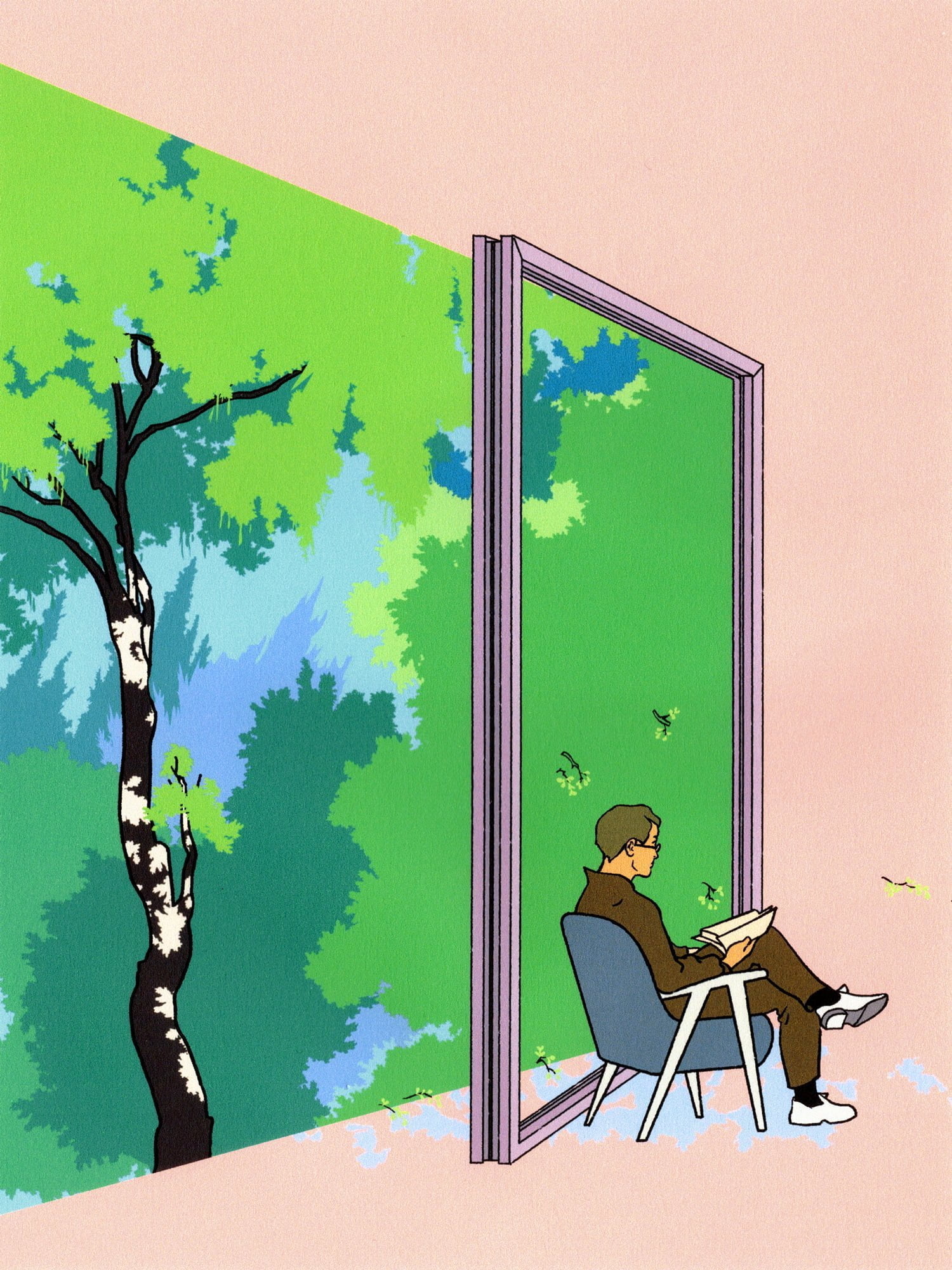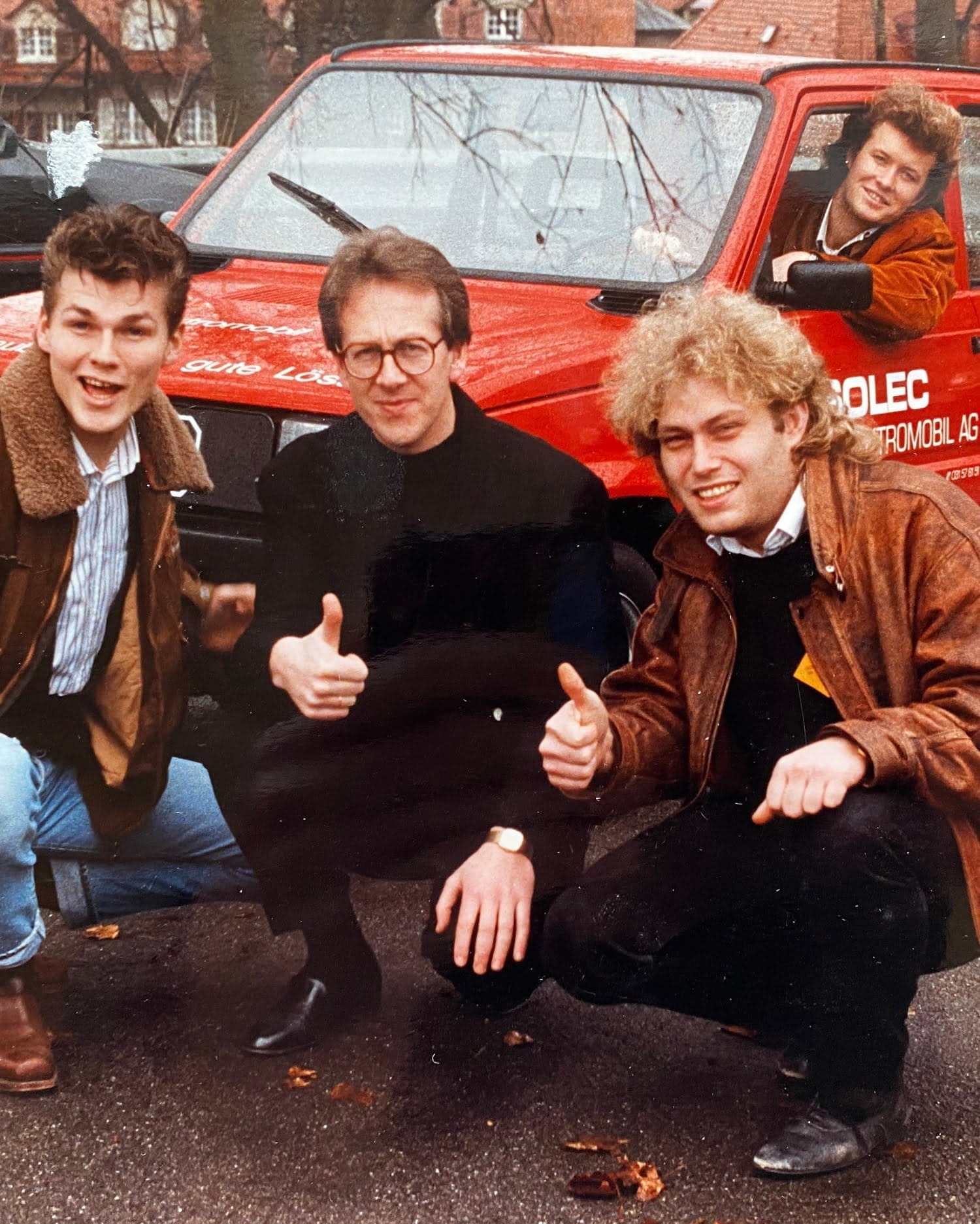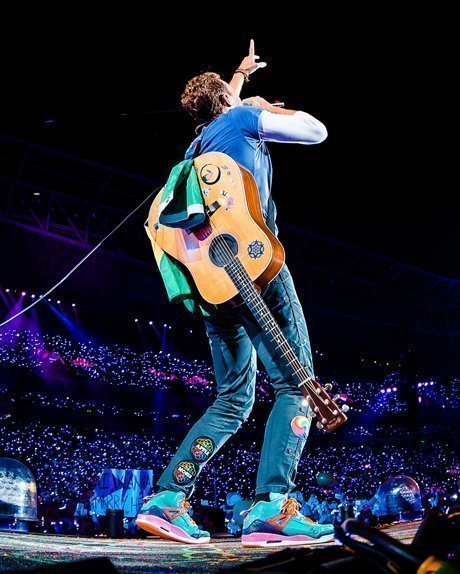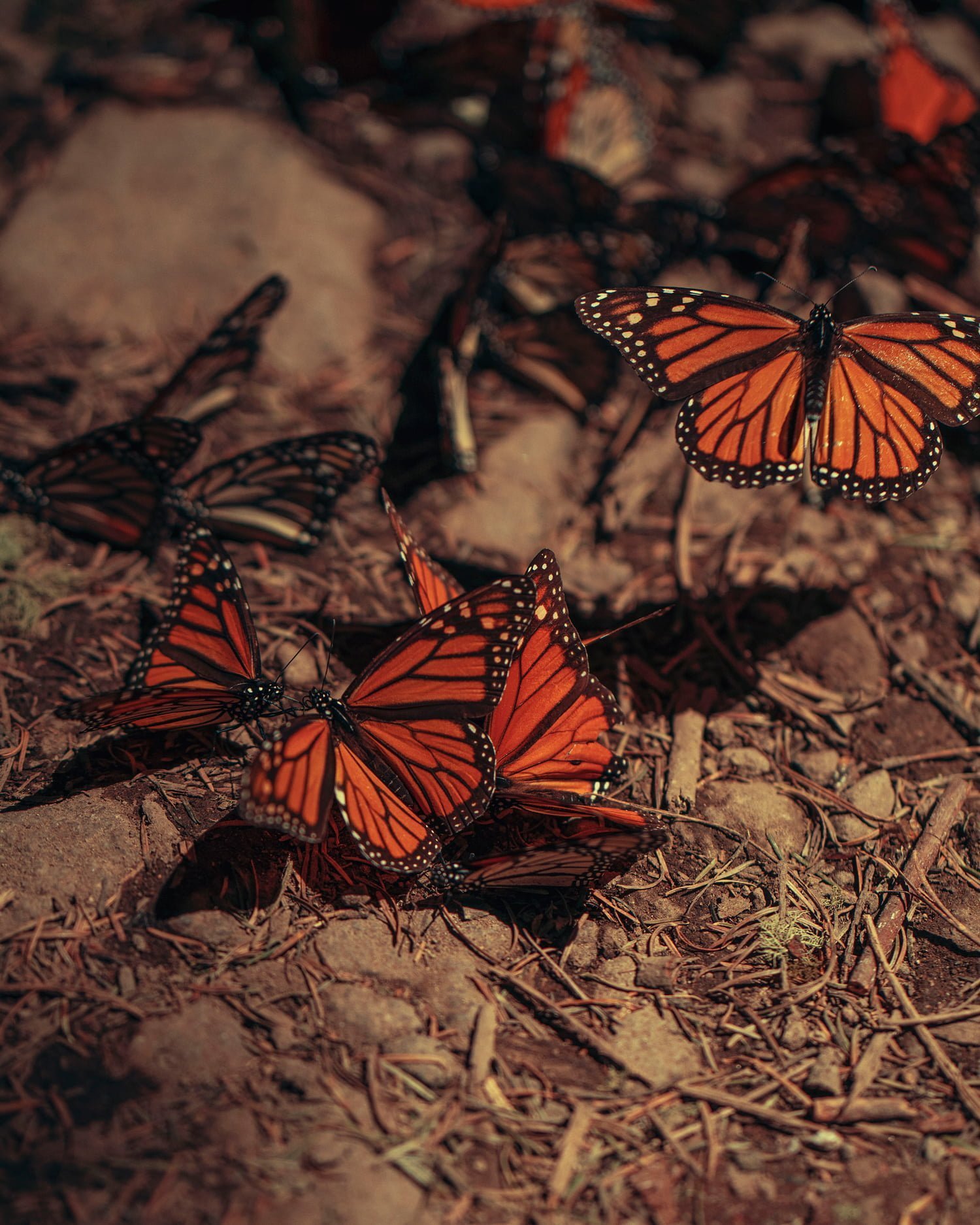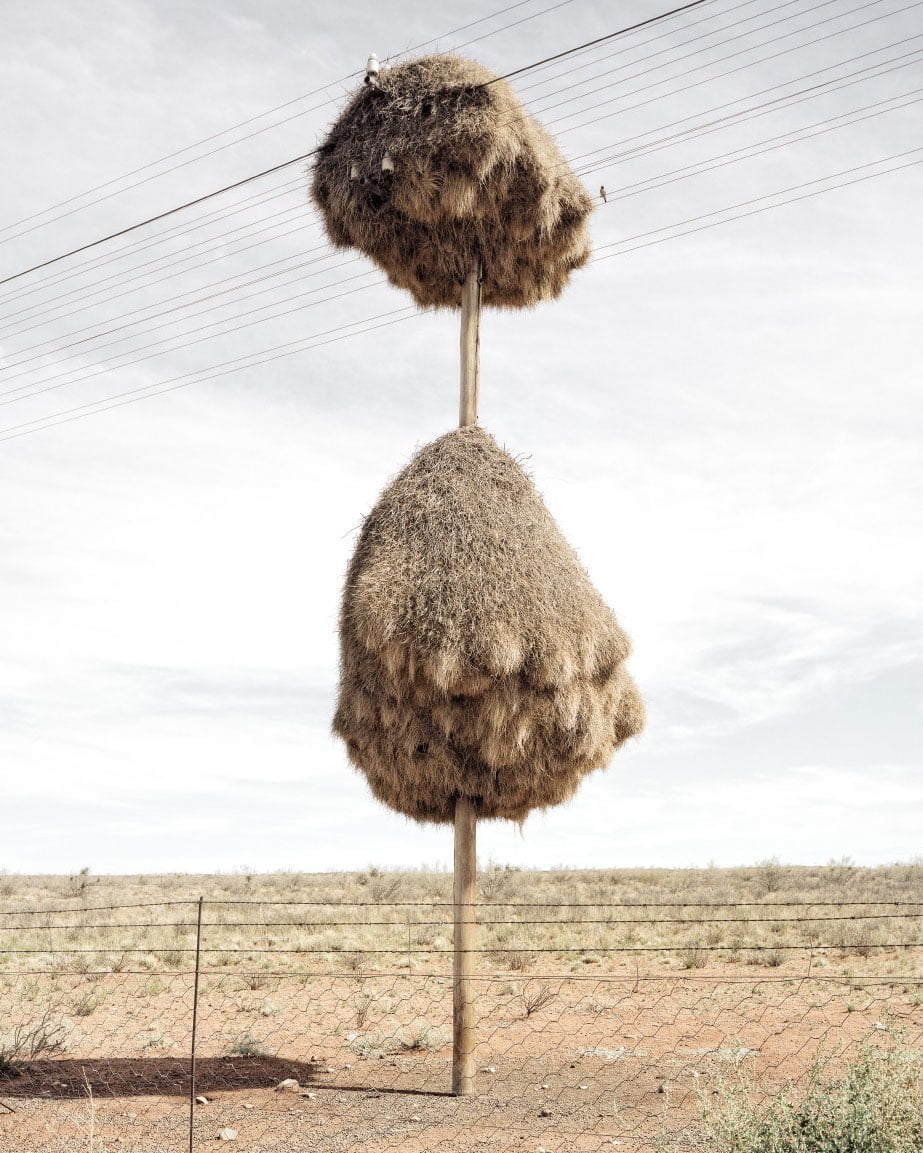It’s bigger than Hollywood and has the carbon emissions of a small country. So it’s lucky that, pixel by pixel, the video game business is working to become more sustainable.
Fans of Minecraft can spend hours crafting impossibly tall towers, hunting for diamonds, and trying to avoid mobs of terrifying ‘creepers’. If you haven’t tried it, it’s great fun. But since 2022 Minecrafters have been able to build a better world too, experimenting with mangrove systems to create a better CO2 balance in the fantasy lands they create. It’s all part of a drive in the gaming industry towards a more sustainable way of thinking.
Whether you’re a child world-building for the first time, a forty-year-old who grew up with Super Mario, or a parent living in a house with teenagers who game, it matters. The gaming industry is estimated to be worth around $280 billion and is expected to more than double in size between now and 2030. It serves a community of over three billion active gamers around the world. To put these numbers into context, the gaming industry is twice the size of Hollywood, and gamers globally outnumber basketballers (recreational and competitive) by six to one. This industry’s impact and reach are enormous, it has the carbon emissions of a small country, and it’s growing fast.
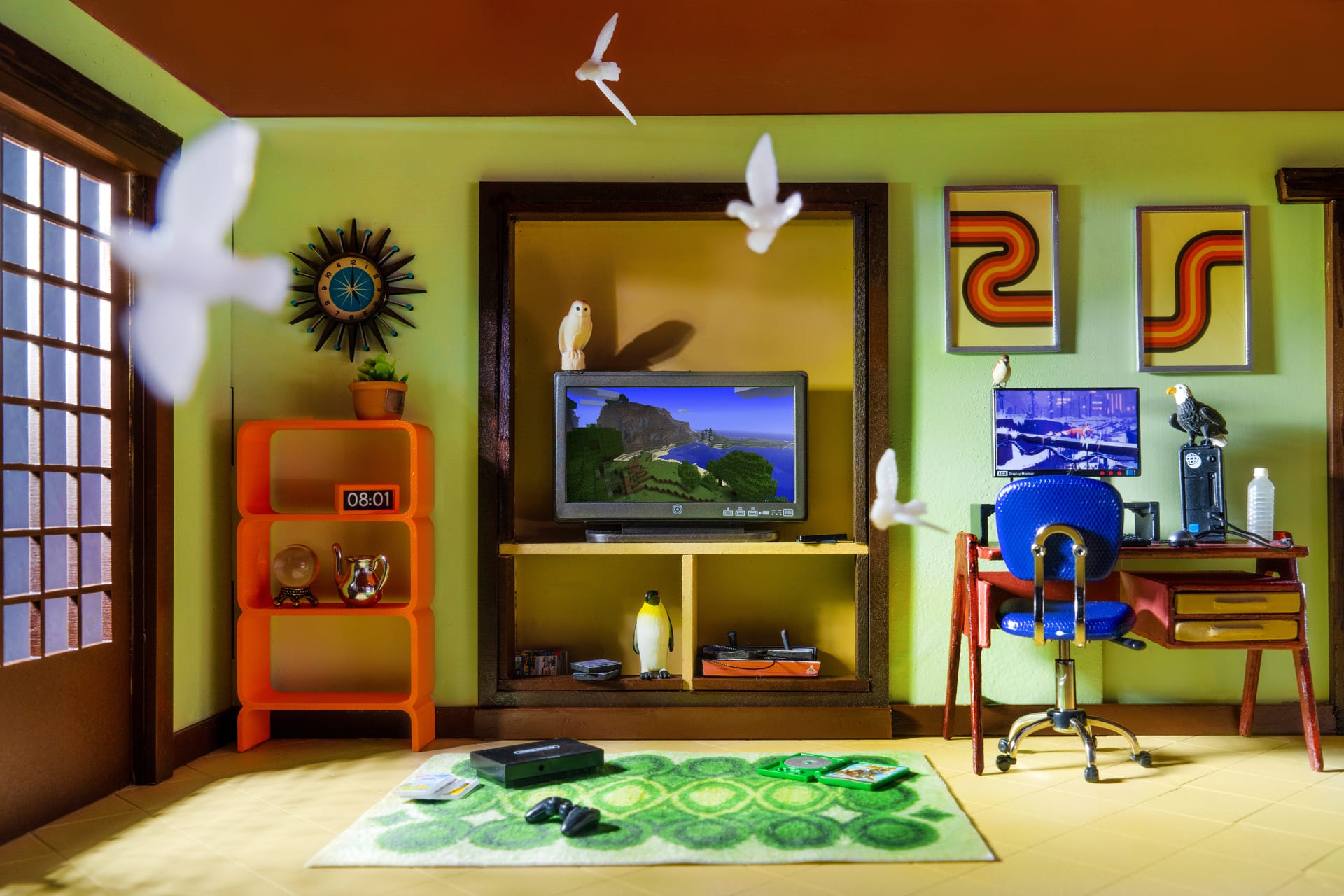
So it’s good news that, from nudges that promote more responsible environmental behaviour, to lower energy usage and carbon-neutral studios, gaming is getting greener.
It makes sense that gaming studios and developers are looking for ways to reduce their impact on the environment. These are big businesses, and increasingly they are expected to share data on the pollution they create, and reduce it. It means that the making of games themselves is under scrutiny: how they are produced and how much energy is used by any given development studio. The details, down to how games are packaged and shipped around the world, all make a difference.
Time for transparency
Dr Ben Abraham, a Sydney-based researcher, knows all about that. As the author of Digital Games after Climate Change and a regular consultant and advocate for greener gaming, he has been working with the industry and monitoring its progress over the last several years. Corporate disclosure – companies monitoring and reporting their behavior – is high on his list of issues. “That means monitoring the fossil fuels used in the games industry – the diesel used in back-up generators for data centers, for example, along with the electricity they use as a business, and everything else: what they buy, sell, upstream and downstream production, how products are used, what devices are run on and how long people play for,” he said.
While games companies are under increasing pressure to disclose the emissions from their activities, most still don’t disclose anything about emissions resulting from the use of their products by gamers – something researchers and campaigners are pushing for them to do better on.
“Microsoft has been finding ways to integrate live energy monitoring into Xboxes to see how much power is used at any time, and then help software engineers find ways to save energy as they create games,” Abraham said. “They tweaked Fortnite so that when a player is on the menu scene or the game is sitting idle, the resolution lowers. It’s imperceptible to the user, but it shaves a couple of watts of energy, and you don’t need 200 frames per second in a menu.”
When Microsoft tracked the savings, it resulted in a reduction equivalent to the output of a small wind farm. Call of Duty has also instituted these settings and it seems likely that many more games will follow.
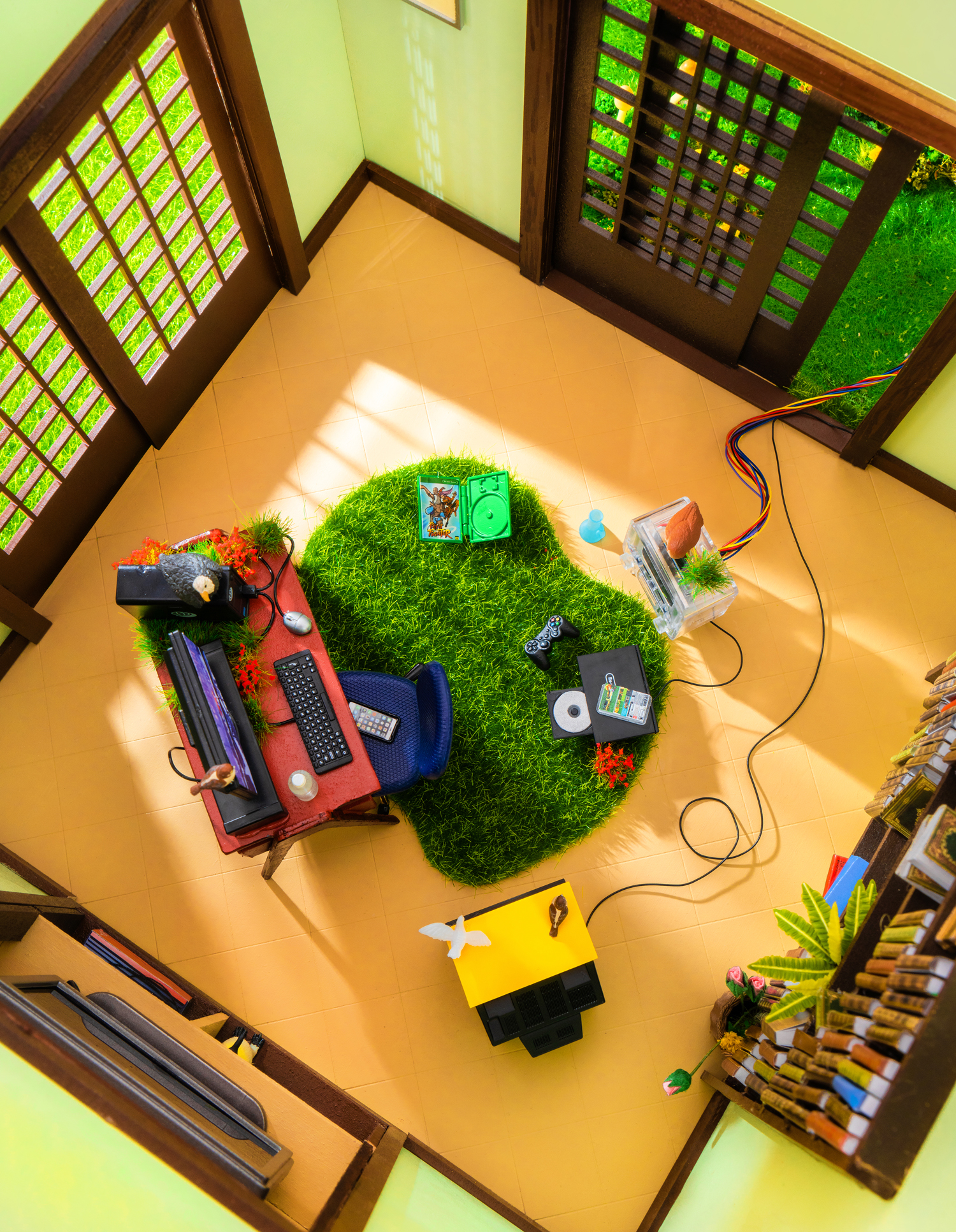
Digital data, physical equipment
Hardware is another area where green shoots are appearing. Manufacturers are considering the life cycle of consoles and controllers, a critical issue when you consider they are upgraded on average every five to seven years, and cannot be recycled, thanks to their combination of plastics, and trace elements of multiple types of metal.
“We need to shift away from the culture of the upgrade cycle”
Ben Abraham
In the US and Canada, Nintendo operates a repair and take-back service, and supports a zero electronics-to-landfill policy, while at Microsoft, they promise all Xbox consoles, games and packaging will be 100% recyclable by 2030. Its Xbox Series S products are made from post-consumer recycled resin derived from the likes of old plastic bottles. Until 2030, its website says it is possible to trade in and recycle current packaging although details are unclear where and how. But, according to Abraham, there’s a bigger story to focus on.
“Given the endless elements used by games consoles,” said Abraham, “I don’t think it’s really feasible to recycle them right now. What we need to do is shift away from the culture of the upgrade cycle, focusing on selling games and consoles in other ways instead of newer, bigger and better.”
This is anathema to the tech industry of course, where built-in obsolescence – products built without a long life span in mind, designed to be all-but-useless in a handful of years – has long driven sales and marketing cycles. A cultural change in the whole industry, not just in gaming, is the key to making this happen.
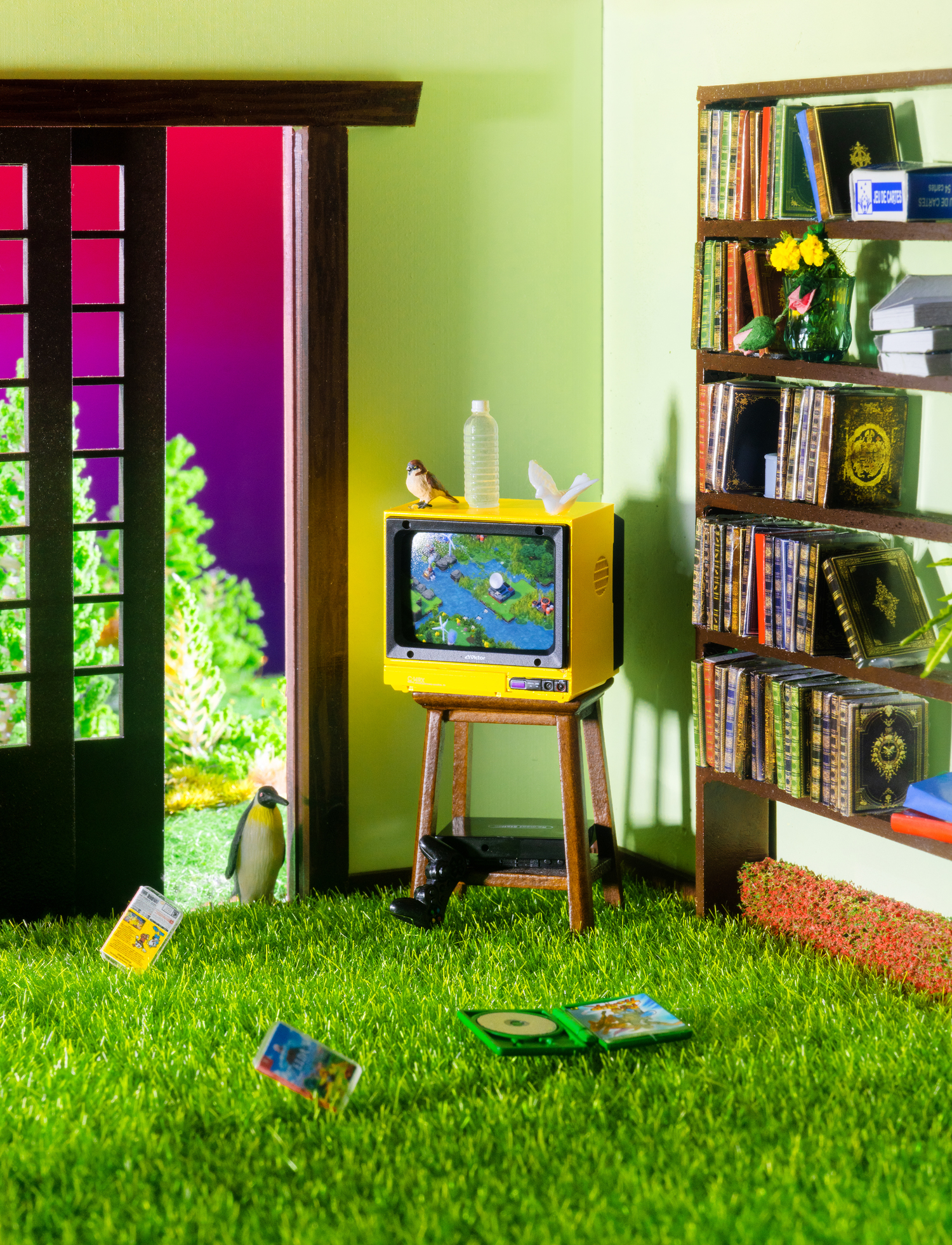
Telling greener stories
The trend is making an impact within game worlds, too, as developers weave environmental storytelling in gameplay, turning gaming into a form of education. Indie game studios, traditionally smaller operations with more freedom to create their own experimental narratives, have seen plenty of these types of story flourish: Endling: Extinction is Forever from Herobeat Studios and Beyond Blue by E-Line Media are just two examples. But lately, the bigger game studios are getting in on the action too.
In 2022 Mojang Studios, the creator of the phenomenally popular worldbuilding game Minecraft, partnered with The Nature Conservatory to introduce mangrove systems to the Minecraft universe. As they put it, “we’ve lost almost half of the mangrove forests that once covered the Earth, but together we can build a better world”. As part of a mini game, players can help the lead researcher of the Mangrove Restoration Project plant new trees to lower CO2 levels – mangrove forests are among the most powerful natural carbon absorbers in the world – and save the ecosystem. As well as contributing in terms of awareness raising, Mojang Studios has donated over $227,000 (€211,000) to support the charity.
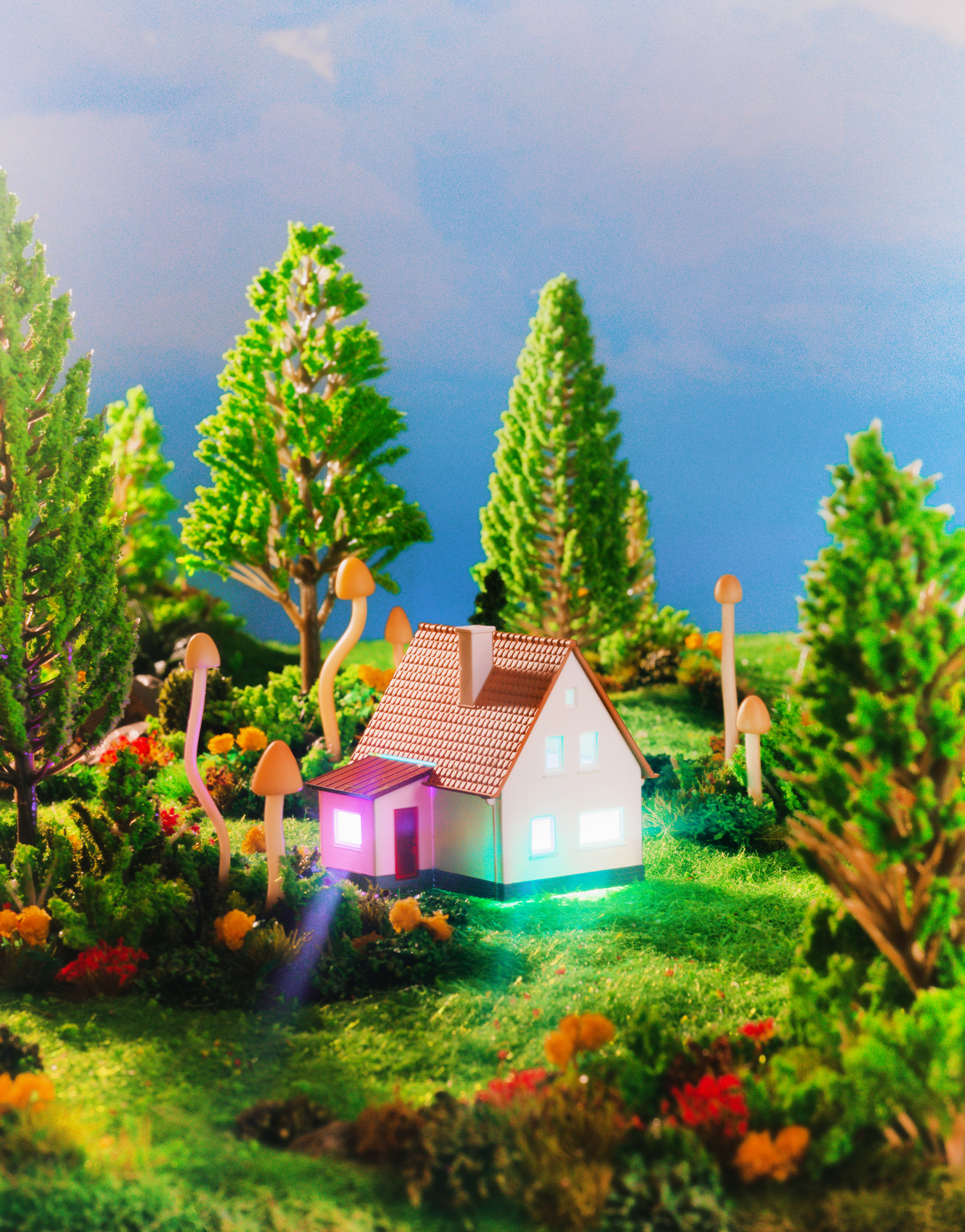
A similar narrative plays out in Sybo’s enormously popular mobile game, Subway Surfers. In a 2021 update to the game, the developers included a mini game, Play 2 Plant, which encouraged their 35 million daily active users to bring faded cities back to life through planting trees. Sybo works with another charity, Ecologi, to make sure trees are planted in real life too, and to date has planted over 200,000 trees with them.
Sybo CEO Mathias Gredal Nørvig notes that it’s all about playing a part in what is going on beyond the game. “We have the opportunity to spread important messaging about steps we can all take together to help our planet and move towards a more sustainable ecosystem,” he commented. “We are running at this crisis together with our players.”
“A sustainable gaming industry is possible. We’re very far away from it. But it is possible”
Ben Abraham
This sense of reflecting real-world issues back at gamers is central to the storytelling. If you’re engaged in helping people build a fantasy world, why not make it a more sustainable one? It might be at odds with some gamers’ desires to rescue princesses and decimate zombies in a bid to take some time out of the real world, but with this kind of mammoth reach, environmental education also has its place.
Abraham has two pieces of solid advice for anyone wanting to game more sustainably. First of all, make sure you’re powering your console by renewable energy. Secondly, tell the games studios what you want. He’s also cautiously positive about the future of the industry.
“A sustainable gaming industry is possible,” he said. “We’re very far away from it – there is more work to do than industry leaders realise, in terms of business models particularly. But it is possible.”

Five ways to greener gaming
- 1. Be vocal. If manufacturers know it matters to you, they’re more likely to take steps to reduce the impact of making and selling games.
- 2. Gaming uses a lot of electricity. So power your gaming with renewable energy – and switch if you’re not.
- 3. If you have a choice between digital and physical, the digital version avoids transport emissions, unnecessary plastic, and ending up in landfill.
- 4. Think twice before you upgrade your hardware. The longer you can leave it, the better.
- 5. Recycle old games and old hardware – give them a new life by gifting them on, or review the local recycling options in your area.
About Imagine5
We are storytellers inspiring you to live a planet-friendly life. Through our stories we shift perspectives and help you see that sustainable change is already underway. Sparking imagination that leads to action, creating a shift to sustainable behavior as the norm. It’s happening.
Read moreImagine5 Volume 4 is here.

Cover star Madame Gandhi on the sounds of the Antarctic, free climber Alex Honnold reveals his biggest challenge yet, actor Rainn Wilson embraces his soulful side and much more more!
Starting at 7,- plus shipping
Get your copy nowCULTURE FOR CLIMATE


